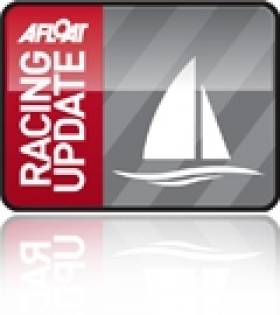Displaying items by tag: Gunboat
On a day that proved exciting for all, Timbalero III was flying on the downwind leg of the course at the Voiles de Saint Barths regatta on the east side of the island when the bright orange, futuristic foiling cat tripped up and capsized.
"It was such a silly mistake," said Peter Johnstone, Gunboat's founder and G4 crew member. "A gust hit us and for some reason we didn't dump the mainsheet and she just carried on heeling."
More on this capsize here by Matthew Sheahan in Yachting World
Transatlantic Race 2011 and Small Cat v Mega Yacht (Video!)
Like any good sailing match race, the second class to depart in the Transatlantic Race 2011 today was a duel of two radicals – this time between a 66ft carbon cat, and a 289ft 3 masted mega yacht. Today size didn't matter and the nimble cat, the Gunboat 66 Phaedo, quickly shot away leaving the Perini Navi, Maltese Falcon, flapping in her tracks.






























































